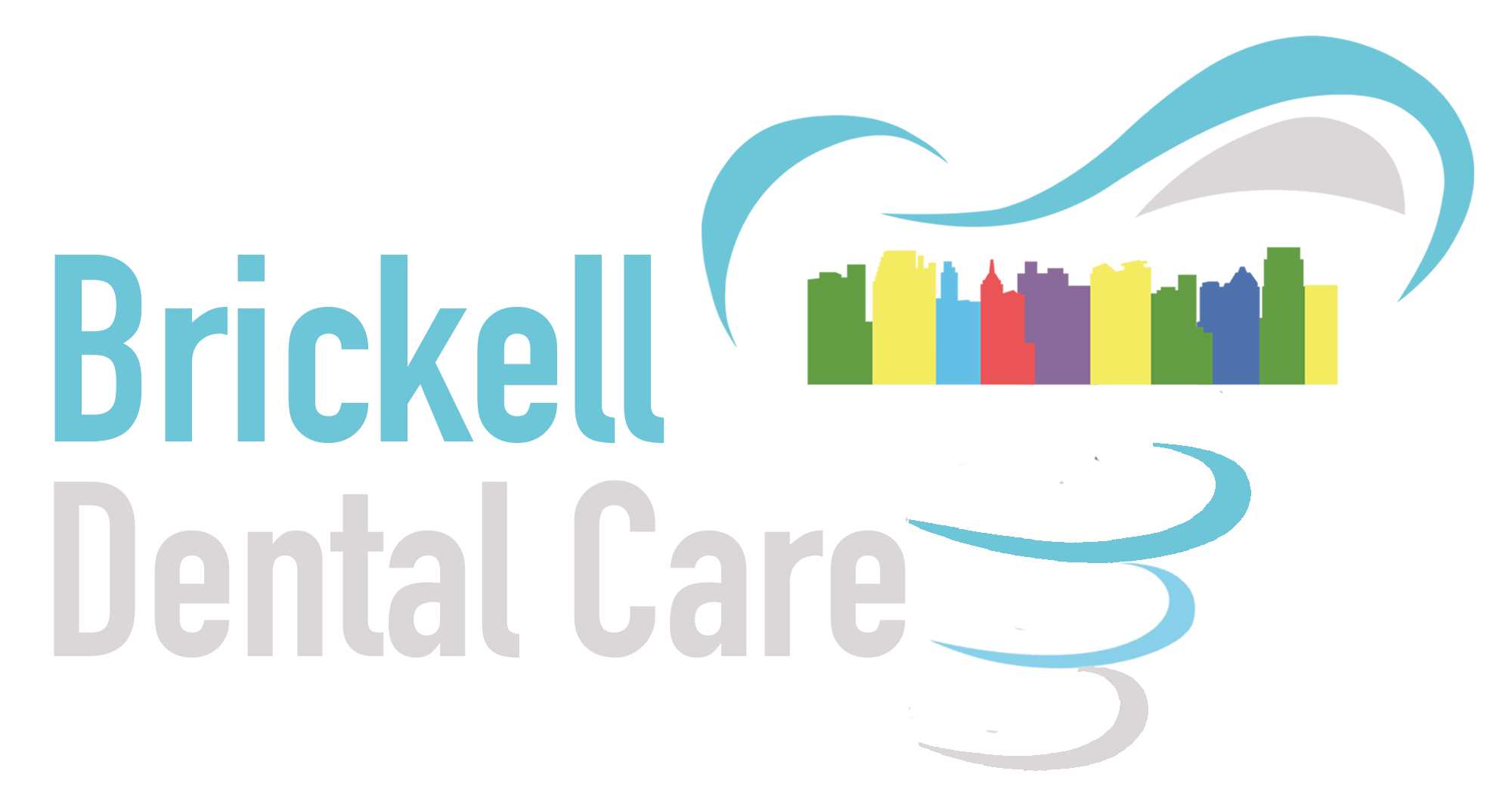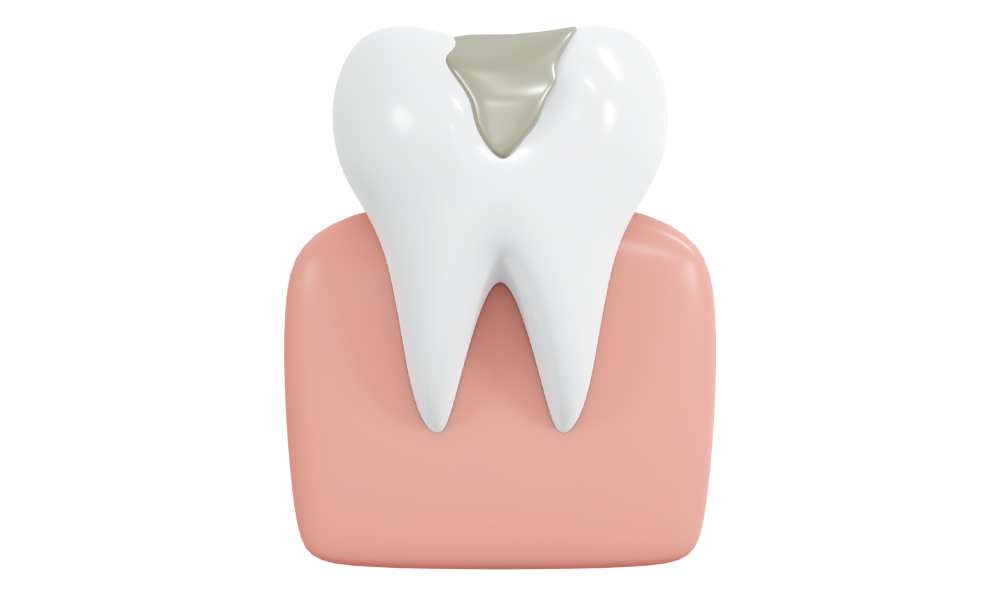About Dental Fillings
Dental fillings are fundamental components in the field of restorative dentistry, serving a pivotal role in preserving the structural integrity and health of teeth affected by decay or injury. The primary purpose of a dental filling is to restore a tooth damaged by caries (cavities) to its original function and shape. When performing a filling, a dentist will remove the decayed tooth material, clean the affected area, and fill the cavity with a filling material. This process not only restores the tooth’s shape but also prevents further decay by closing off spaces where bacteria can enter.
There is a variety of materials used for dental fillings, each with its own set of advantages. The most common materials include amalgam (silver fillings), composite resins (tooth-colored fillings), gold, and porcelain. Each type is chosen based on factors like the location and extent of decay, cost of filling material, patient preferences, and the dentist’s recommendation.
Despite their durability, dental fillings are not permanent fixtures and may eventually need replacing. Whether due to daily wear-and-tear or specific dental issues, recognizing when it is time to change a filling is critical for maintaining optimal oral health.
Common Signs Indicating Filling Replacement
How does one ascertain that it’s time for their dental filling to be replaced? Several signs may indicate that a visit to the dentist is necessary:
- Pain or Sensitivity: You might experience discomfort or sharp pain when biting down or when your teeth are exposed to hot or cold temperatures. This could be an indicator that your filling is failing and no longer providing an adequate seal.
- Visible Damage or Cracks: Over time, pressure from chewing or clenching can lead to cracks or fractures in a filling. If you notice any changes in texture or visible damage when examining your filled teeth or feel an unusual edge with your tongue, it’s important to consult your dentist.
- Discoloration: Some fillings, especially those made of composite resin, can discolor over time due to food, drink, or tobacco use. Discolored fillings might be aesthetically displeasing and can also indicate weaknesses where new decay could set in.
- Decay Visible Around Edges: A key sign that it’s time for replacement is if there’s evidence of decay around the edges of a filling. This suggests that bacteria have infiltrated beneath the filling material.
Underlying Reasons for Changing a Dental Filling
Fillings have finite lifespans because they endure significant stress throughout their lifetime:
- Wear and Tear From Chewing: Everyday activities such as eating subject our teeth and any restorations to considerable force which can eventually lead to wear.
- Bruxism: People who grind their teeth can put additional strain on fillings which may cause them to fail prematurely.
- Poor Oral Hygiene: If not properly cared for through routine brushing and flossing, plaque buildup can lead to secondary caries under or around the existing filling.
- Physical Trauma: Any trauma like an accident involving facial impact can damage both teeth and fillings necessitating replacement.
Understanding these factors underscores why regular check-ups are essential for identifying problems early on before they necessitate more extensive treatment.
In conclusion, being vigilant about changes in your oral health is crucial for identifying when it might be time to replace a dental filling. Regular dental visits enable early detection of potential issues with existing restorations so that prompt action can be taken—ensuring long-lasting oral health and minimizing the need for more complex procedures down the line. Remember that while some indications are clear-cut signs that you need your fillings changed; others are less obvious and require professional diagnosis from your dentist who will advise you on the best course of action based on their expert assessment.

